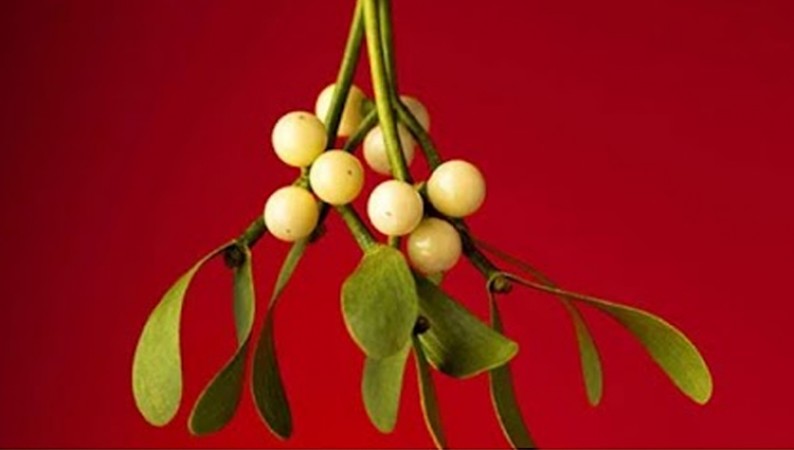
During the festive holiday season, one enduring symbol stands out among the decorations and traditions: mistletoe. This seemingly innocuous plant holds a unique significance, serving as a cornerstone of Christmas tradition across various cultures. However, the history and folklore behind mistletoe extend far beyond its use as a simple decoration, tracing back through centuries of mythology, ritual, and cultural significance.
The Origins of Mistletoe:
Mistletoe, scientifically classified as a parasitic plant belonging to the Viscaceae family, holds a place of reverence in ancient cultures. Its origins can be traced to the times of the ancient Druids, who considered it sacred due to its ability to thrive amidst harsh winters when other plants withered. Revered for its perceived healing properties, fertility, and mystical attributes, mistletoe was regarded as a symbol of vitality, protection, and even an embodiment of the divine.
In Norse mythology, mistletoe emerged as a symbol of love and peace. The legend of Baldur, the god of light, involved mistletoe prominently. According to the tale, Baldur was vulnerable only to mistletoe, which led to his tragic demise. This myth contributed to mistletoe becoming a symbol of love, reconciliation, and goodwill.
Mistletoe in Christmas Traditions:
The association of mistletoe with Christmas traces its roots to ancient druidic practices and later intermingled with Christian celebrations. The custom of hanging mistletoe in homes during the holiday season is believed to have originated from the Druids' belief in its protective and healing powers.
In the 18th century, England popularized the tradition of kissing beneath the mistletoe. It became a playful custom where a person standing beneath the mistletoe could not be refused a kiss, fostering an atmosphere of joy and festivity during Christmas gatherings.
The cultural significance of mistletoe spread to various parts of the world, each region adding its own interpretations and customs. In some European countries, mistletoe was believed to bring good luck and fertility, while in others, it was considered a safeguard against evil spirits.
Modern Interpretations and Conservation Efforts:
Today, mistletoe remains a beloved Christmas decoration, adorning doorways and ceilings in many homes. However, the plant faces challenges due to overharvesting and habitat loss. Conservation efforts are underway to protect mistletoe species and their ecosystems, highlighting the importance of sustainable practices in preserving this symbol of tradition and cultural heritage.
The history of mistletoe is a fascinating tapestry woven with ancient beliefs, mythology, and evolving customs. From its revered status in ancient cultures to its incorporation into Christmas traditions worldwide, mistletoe continues to symbolize love, renewal, and the spirit of togetherness during the festive season. As we embrace the holiday cheer, let us also remember to appreciate and conserve this iconic plant, ensuring that its legacy endures for generations to come.
Who is Santa Claus The Heartwarming Story Behind the Christmas Icon